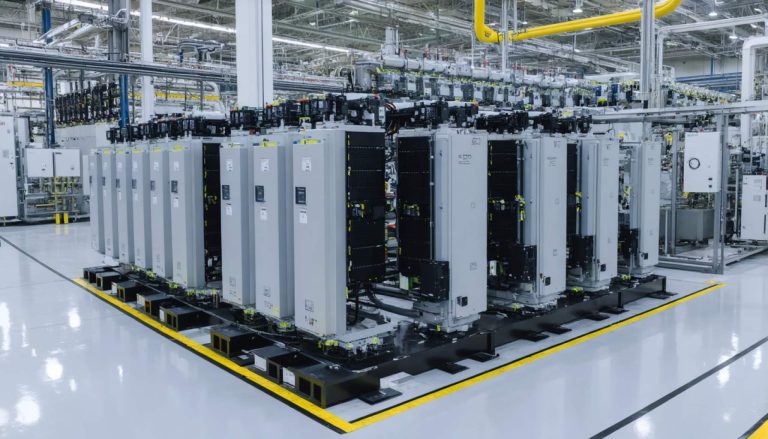
Spotify s’apprête à mettre en avant de jeunes talents à travers sa série de concerts innovante, mettant en vedette des artistes captivants tels que Dylan Gossett et Wyatt Flores.
Gossett lancera la série avec une performance envoûtante dans sa ville natale d’Austin, au Texas, le 8 septembre, tandis que Flores enchaînera avec un spectacle à Stillwater, en Oklahoma, le 7 octobre. La série de concerts promet d’autres événements passionnants à venir, offrant des billets gratuits exclusivement aux Top Listeners de Spotify.
La playlist locale soigneusement sélectionnée mettant en lumière la nouvelle vague d’enthousiastes de musique country présente des artistes à la passion pour les mélodies acoustiques. Parmi les artistes en vedette figurent Zach Bryan, Ella Langley, Lainey Wilson et Noah Kahan. Cette gamme diversifiée d’artistes apporte non seulement de l’authenticité, mais brouille également les frontières des genres country traditionnels, comme le souligne Spotify.
Claire Heinichen, rédactrice en chef de la musique country de Spotify, décrit la playlist homegrown comme une manifestation de connections authentiques à la musique, mettant l’accent sur l’importance d’honorer ses racines musicales. La création de la playlist célèbre l’essence de chaque chanson et l’origine de l’artiste, aboutissant à une expérience immersive en direct pour les fans. Le lancement officiel de homegrown avec Dylan & Wyatt prépare le terrain pour une série de voyages musicaux inoubliables.
Gossett, qui est sous l’aile de Big Loud Texas et Mercury Records, exprime sa gratitude pour l’opportunité de réunir ses fans dans un lieu qui a grandement influencé son art. Son titre à succès “Coal” a été reconnu par une certification en or de la Recording Industry Association of America.
De même, Flores, signé chez Island Records, reflète sur son odysée musicale et sa quête personnelle d’appartenance dans son premier album, Bienvenue dans les plaines. Avec Spotify’s homegrown présente soutenant son récit, le retour à Stillwater marque un moment clé dans son parcours artistique.
Spotify célèbre les artistes émergents avec une série de concerts unique : Dévoilement de plus d’analyse
En plus des performances captivantes de jeunes talents tels que Dylan Gossett et Wyatt Flores, la série de concerts innovante de Spotify est prête à introduire un public plus large à divers artistes et genres émergents. Les événements à venir mettront en avant le talent de la scène musicale country mais s’étendront également à d’autres styles musicaux, garantissant une expérience variée et enrichissante pour les amateurs de musique.
Questions clés :
1. Comment Spotify sélectionne-t-il les artistes présentés dans sa série de concerts ?
2. Quel impact le soutien de Spotify a-t-il sur la trajectoire de carrière de ces artistes émergents ?
Défis/Controverses clés :
– Équilibrer la représentation des différents genres musicaux au sein de la série de concerts.
– Garantir des opportunités équitables à tous les artistes émergents pour participer à de telles initiatives.
Avantages :
– Offre une plateforme aux artistes moins connus pour gagner en reconnaissance et élargir leur public.
– Propose des expériences exclusives aux Top Listeners de Spotify, engageant davantage les utilisateurs dévoués de la plateforme.
– Promeut la diversité musicale en mettant en avant des artistes aux styles et origines uniques.
Inconvénients :
– Visibilité limitée pour les artistes qui ne sont pas présentés dans la série de concerts.
– Critiques potentielles concernant le processus de sélection des artistes et la diversité globale de la programmation.
Alors que Spotify continue de créer des expériences mémorables pour les amateurs de musique à travers sa série de concerts, l’impact sur les artistes en vedette et le public est indéniable. Le mélange de diverses influences musicales et la célébration de récits authentiques à travers la musique créent une narration captivante qui résonne avec un large éventail d’auditeurs.
Pour plus d’informations sur le monde dynamique de la curation musicale et de la promotion d’artistes, vous pouvez explorer le site officiel de Spotify pour des mises à jour sur les événements à venir et les collaborations d’artistes.






